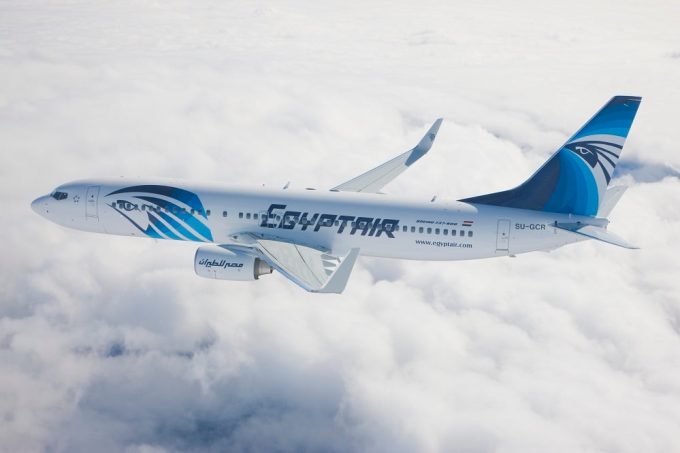China orders airlines to halt Boeing deliveries
China has reportedly told its airlines to stop taking delivery of Boeing aircraft as the ...

Although the current aircraft conversion boom will not last, say analysts, freighter markets will continue to see a 70:30 split in favour of conversions over new units.
Aviation intelligence specialist Cirium forecasts supply of some 3,560 freighters over the next 20 years, including 1,060 newbuilds (30%) ...

Comment on this article